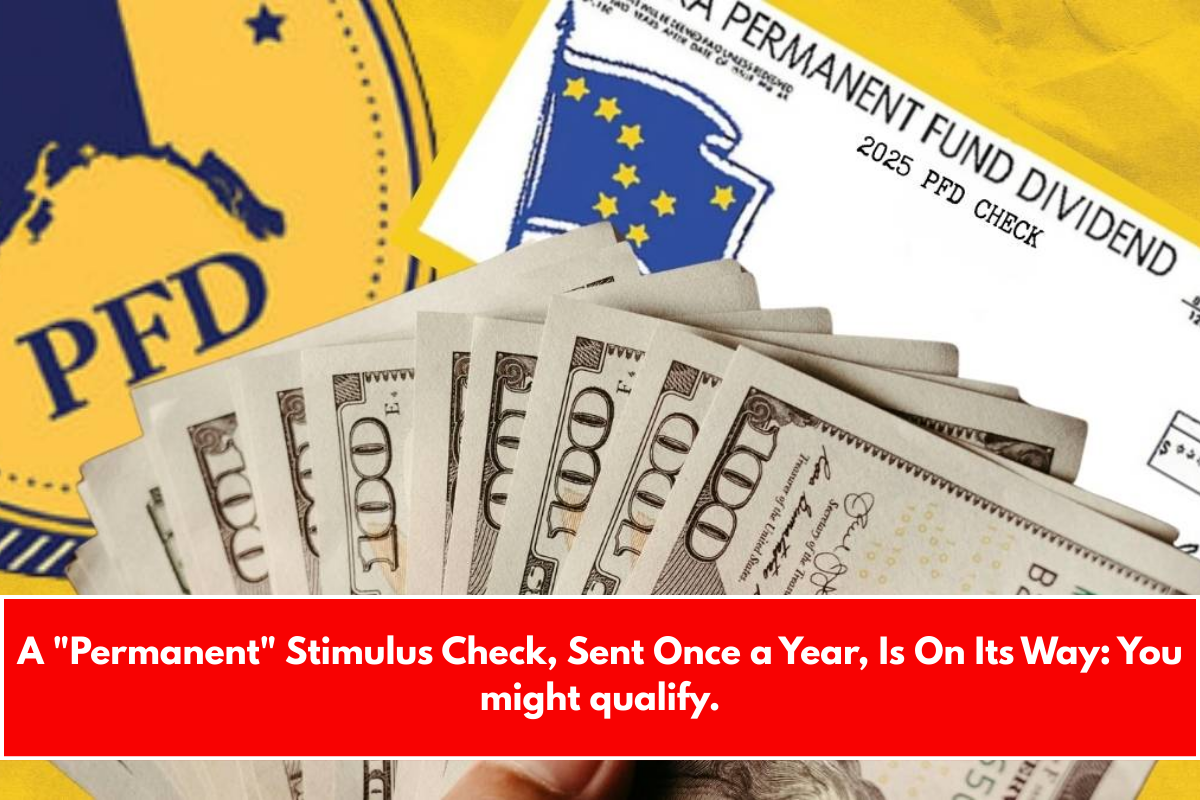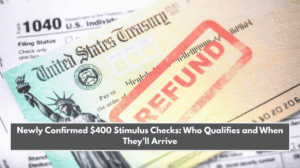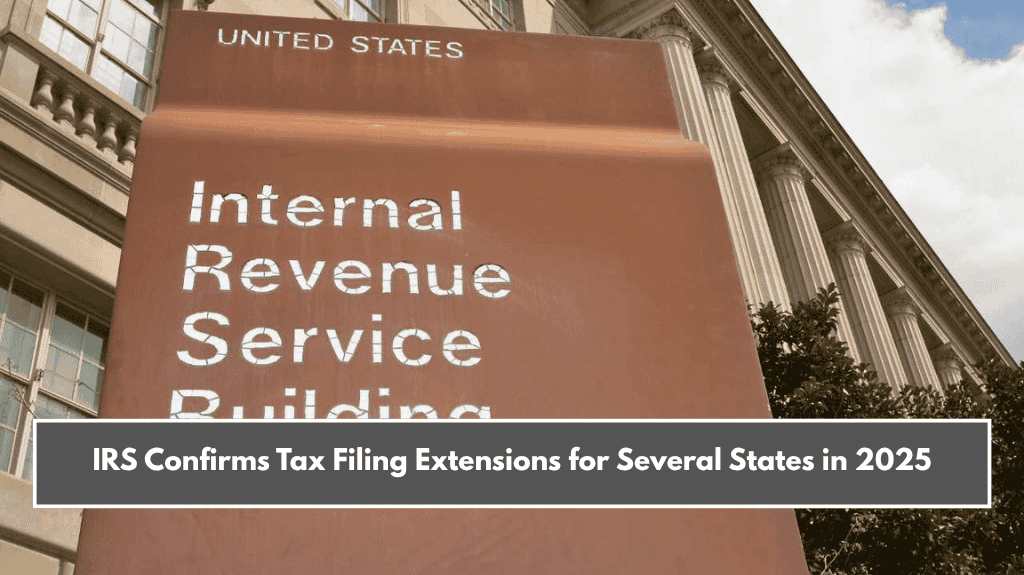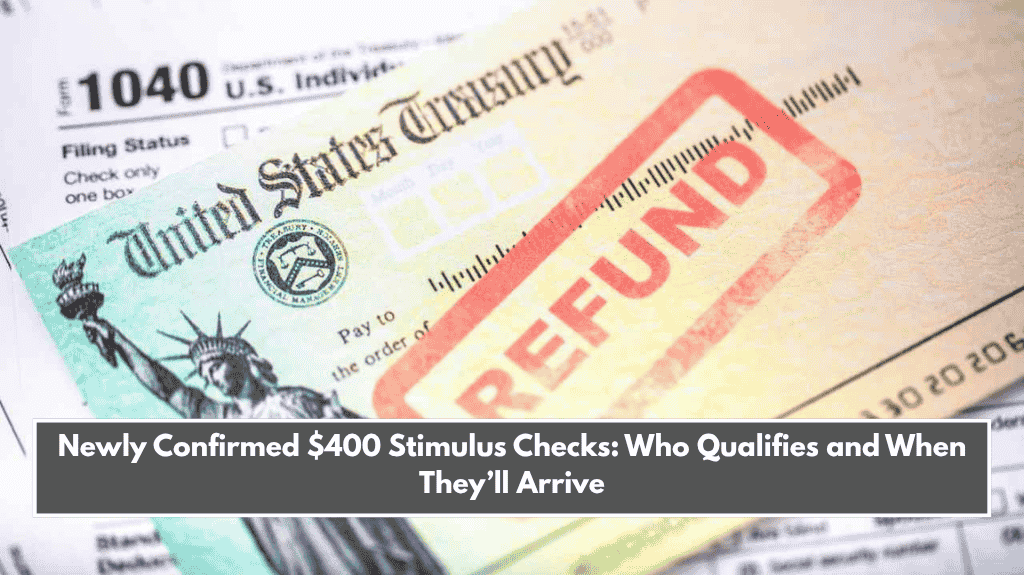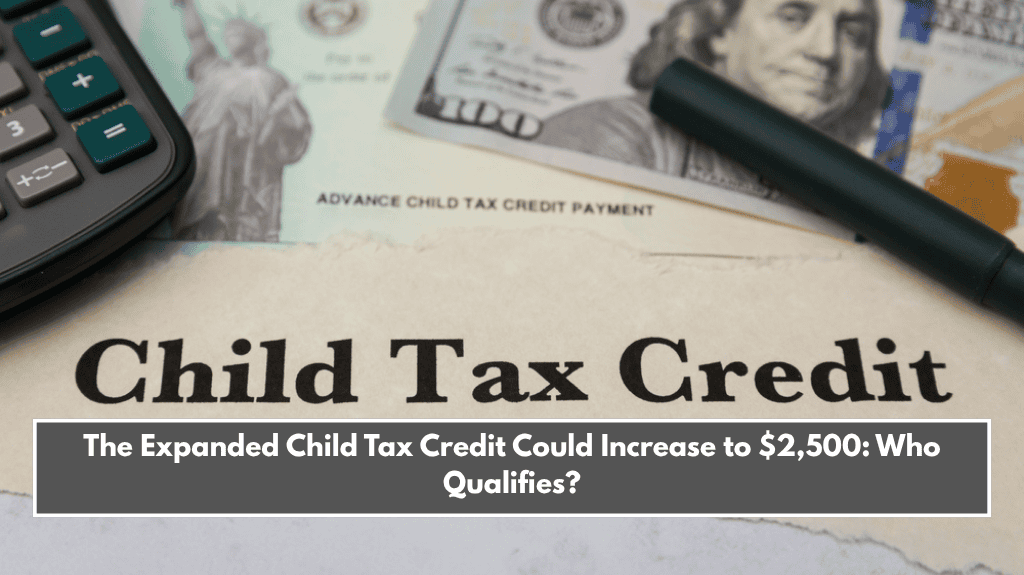he Alaska Permanent Fund Dividend (PFD) for 2025 is set to be the biggest ever, with each resident receiving a total of $1,702. This includes $298.17 to help with energy costs and $1,403.83 as a direct cash payment. The amount is about 30% higher than what people got in 2024. While this is great news for many families, it also raises serious questions about the state’s future financial stability.
What Is Alaska’s PFD and Who Can Get It?
The PFD is a yearly payment given to people who live in Alaska. It was started in 1976 and is funded by the money the state earns from oil. To get this year’s payment, you must meet a few conditions:
You must have lived in Alaska for at least one year
You should have been physically present in the state for at least 72 hours over the last two years
You must not have any recent serious criminal convictions
People who submitted their application by March 31, 2024, will receive the payment on April 17, 2025. If you missed the deadline but are marked as “Eligible-Not Paid” before April 9, 2025, you can still apply either online or by mail.
Experts warn that delays in receiving payments could cause major problems, especially for people in remote villages who don’t have easy access to banks.

Why the PFD Might Be in Danger
While the payment is higher this year, the future of the PFD isn’t looking great. Oil revenues in Alaska are falling, and the state also needs more money for public services like schools. Some lawmakers are now debating how to keep the PFD alive without hurting the state’s economy.
Here are the three main options being discussed:
Take money from the Constitutional Budget Reserve (CBR), which needs approval from two-thirds of the state lawmakers
Use more money directly from the Permanent Fund, which could hurt Alaska’s credit score
Raise taxes, although Governor Mike Dunleavy is strongly against that
New proposals like Senate Bill 92 and Senate Bill 112 aim to bring in $340 million per year by changing how oil companies are taxed. But these bills are stuck in political disputes. Without a proper plan, the state may be forced to make big cuts in services like education, healthcare, and transportation.
Expiring CARES Act Stimulus for Americans Abroad
Meanwhile, if you are an American citizen living outside the US, you should also be aware that unclaimed stimulus money from the CARES Act is expiring soon. The CARES Act was introduced in March 2020 to help people during the COVID-19 pandemic. It offered payments of:
- $1,200 for individuals
- $2,400 for married couples
- $500 for each child
To get this money, you should have filed your 2018 or 2019 tax return, or registered by November 21, 2020. If you didn’t, you still have a final chance: you must file Form 1040 or 1040-SR with the Recovery Rebate Credit (RRC) for the year 2020 by April 15, 2024.
After that date, the money will go back to the US Treasury and can no longer be claimed. Even if you don’t owe any taxes, you can still apply. It’s recommended to use the IRS’s “Get My Payment” tool or speak with a tax advisor to check your status.
Alaska’s 2025 PFD payout is historic, offering real help to many households, especially with rising living costs. However, the state must make tough choices soon to keep the program running in the future. The falling oil income and the rising need for public funding are putting pressure on lawmakers to find a long-term solution.
On the other hand, Americans living abroad should also act quickly if they are still eligible for unclaimed COVID-19 relief payments under the CARES Act. With deadlines fast approaching, it’s important to stay informed and take action to secure your financial benefits.
